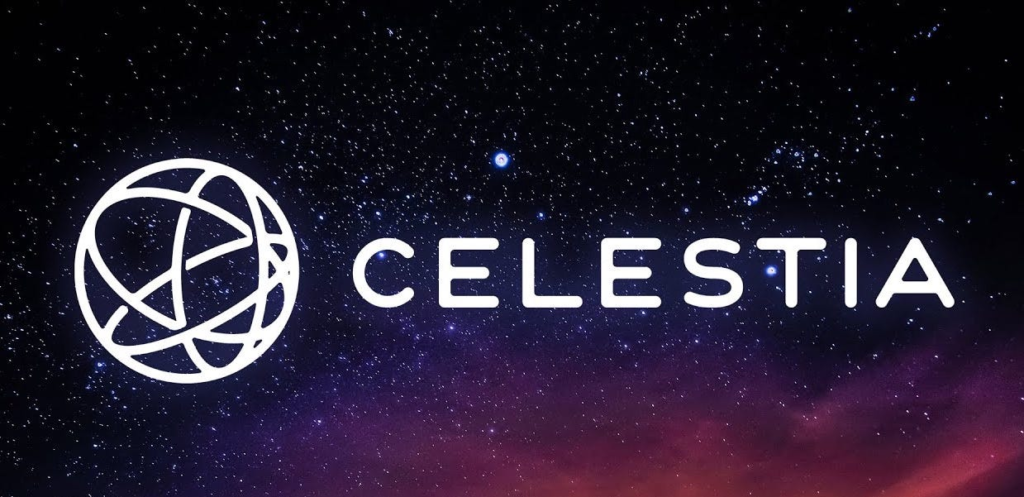Celestia has made a lot of buzz in the crypto space with its upcoming mainnet launch on October 31, 2023. The launch was coupled with a genesis airdrop for eligible blockchain users who made it through the snapshot. Still, many of them and other blockchain users do not fully understand what Celestia is all about.
This article breaks down the modular design technology and shows why Celestia may be poised for success in the future.
What is a Modular Blockchain?
While “modular blockchains” are not popular yet, the concept of modular design has been around for some time and is commonly used in the networking sector. In blockchain technology, modular design involves meticulously deconstructing a blockchain system into smaller, interchangeable components or modules.
These modules can be autonomously developed, upgraded, and maintained, each fulfilling a precise role within the blockchain ecosystem and seamlessly harmonizing with other modules.
When creating a modular blockchain or network, developers consider several pivotal aspects:
➕ Interoperability
Modular blockchains emphasize enhancing interoperability among distinct components, facilitating the seamless integration of novel features and functionalities. This provides developers with the flexibility to substitute or upgrade individual modules without causing disruptions to the overall blockchain network.
➕ Scalability
Fragmenting the blockchain into modular components streamlines the process of enhancing the scalability of specific network aspects. For instance, only the pertinent module needs to be upgraded if the requirement arises to amplify transaction processing capabilities.
➕ Customization
Modular blockchains offer a remarkable degree of customization. Developers can cherry-pick modules that align best with their unique use cases and combine them to construct a blockchain network tailored precisely to their specific requirements.
➕ Security
Modular design plays a pivotal role in fortifying security. In the event of a vulnerability surfacing within one module, swift remediation can be applied, either through patching or replacement, without compromising the overall integrity of the blockchain network.
➕ Accelerated Development
Building a blockchain with a modular architecture often translates into expedited progress. Different teams can work collaboratively on distinct modules, streamlining the development process.
➕ Maintenance
Maintaining and upgrading a modular blockchain is a notably more manageable task. Specific components can be modified or replaced without requiring the entire blockchain network to be offline.
Celestia is Making Data Availability Easier for Blockchains with its Modular Architecture
Celestia is the first modular blockchain network that enables easy deployment of customizable blockchains.
By separating the consensus layer from the execution layer, Celestia unlocks new possibilities for decentralized application developers.
Key Benefits of Celestia’s Modular Architecture:
In a presentation on the motivation and architecture of Celestia, Mustafa said Celestia will empower developers to quickly deploy custom blockchains in minutes without reinventing the wheel on consensus algorithms.
Today’s monolithic blockchains (such as Mainnet Ethereum) couple consensus with execution, limiting flexibility. In contrast, Celestia separates these layers, providing only consensus and data availability at the base layer.
This substrate allows developers to build execution layers on top, crafting blockchains tailored to their specific needs.
Celestia utilizes data availability sampling to verify blocks. Users only need to download a small block sample to confirm availability, not process every transaction. This scales far better than processing each transaction. Moreover, the more nodes joining Celestia’s network, the larger the block size can become.
Applications on Celestia process transactions locally off-chain. Rollups, which act as execution layers on top of Celestia’s consensus layer, can define their execution rules and environments. Celestia doesn’t distinguish between valid or invalid transactions; it just makes data available.
The rollups are the ones that post state commitments to Celestia (with either fraud proofs (optimistic rollups) or zero-knowledge proofs (ZK rollups)), guaranteeing validity.
Namespaces isolate transactions by application, so users only track activity relevant to them. This pluggable consensus system aims to empower sovereign decentralized networks without the overhead of bootstrapping their consensus.
The Road Ahead for Celestia
Celestia aims to usher in a new era of modular and interconnected blockchains that can take the concept of metaverses and Web 3.0 to the next level.
Celestia plans to help Ethereum rollups scale in the near term by offloading their data availability needs through “Celestiums.” This is similar to a validium model.
In the long term, Celestia envisions an explosion of new blockchains and execution environments, with more experimentation enabled by the modular paradigm. The goal is to achieve the Internet of blockchains.



